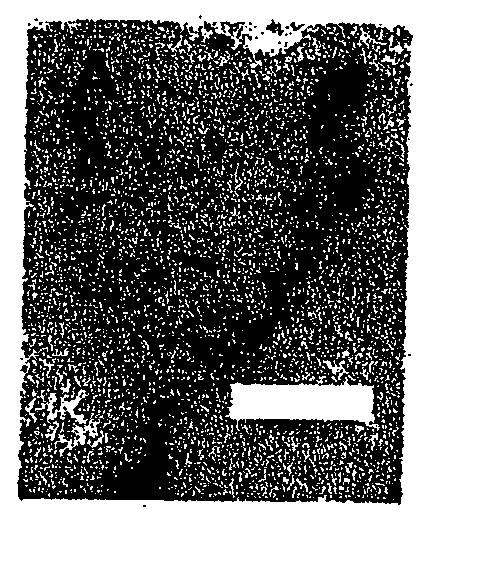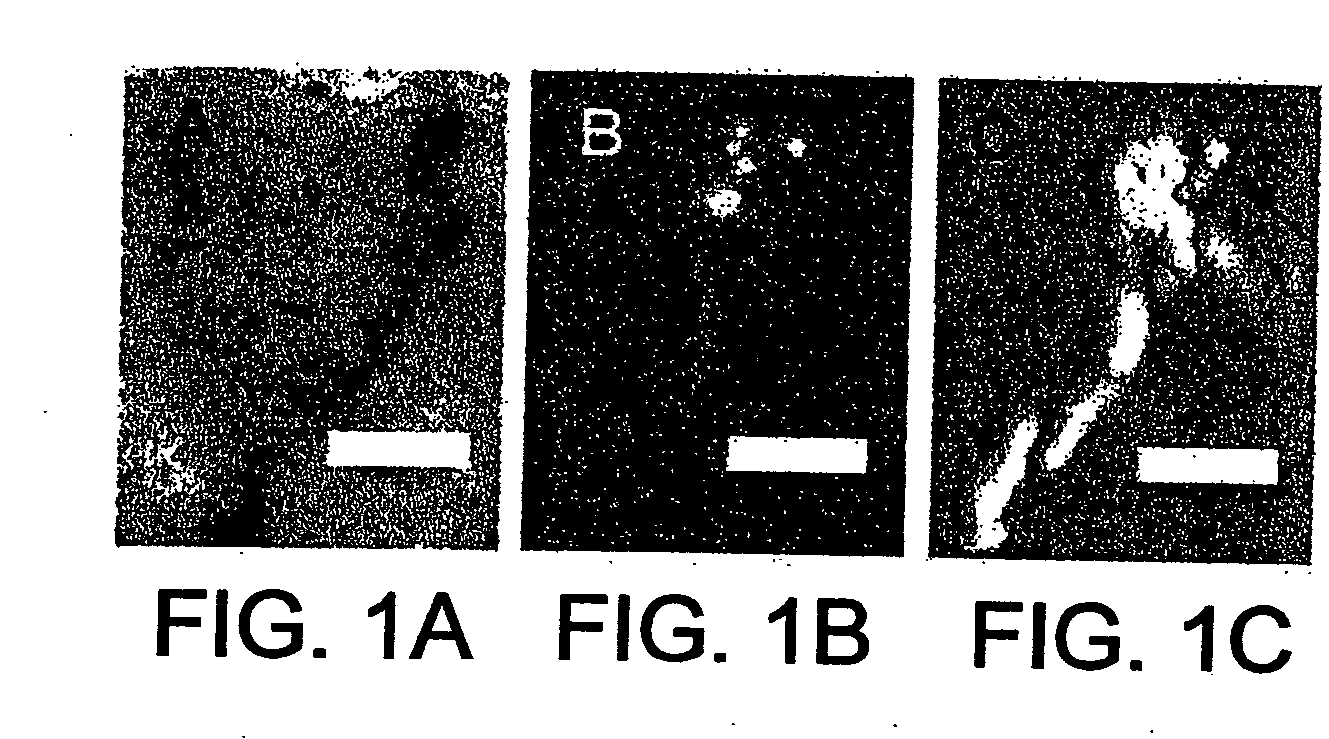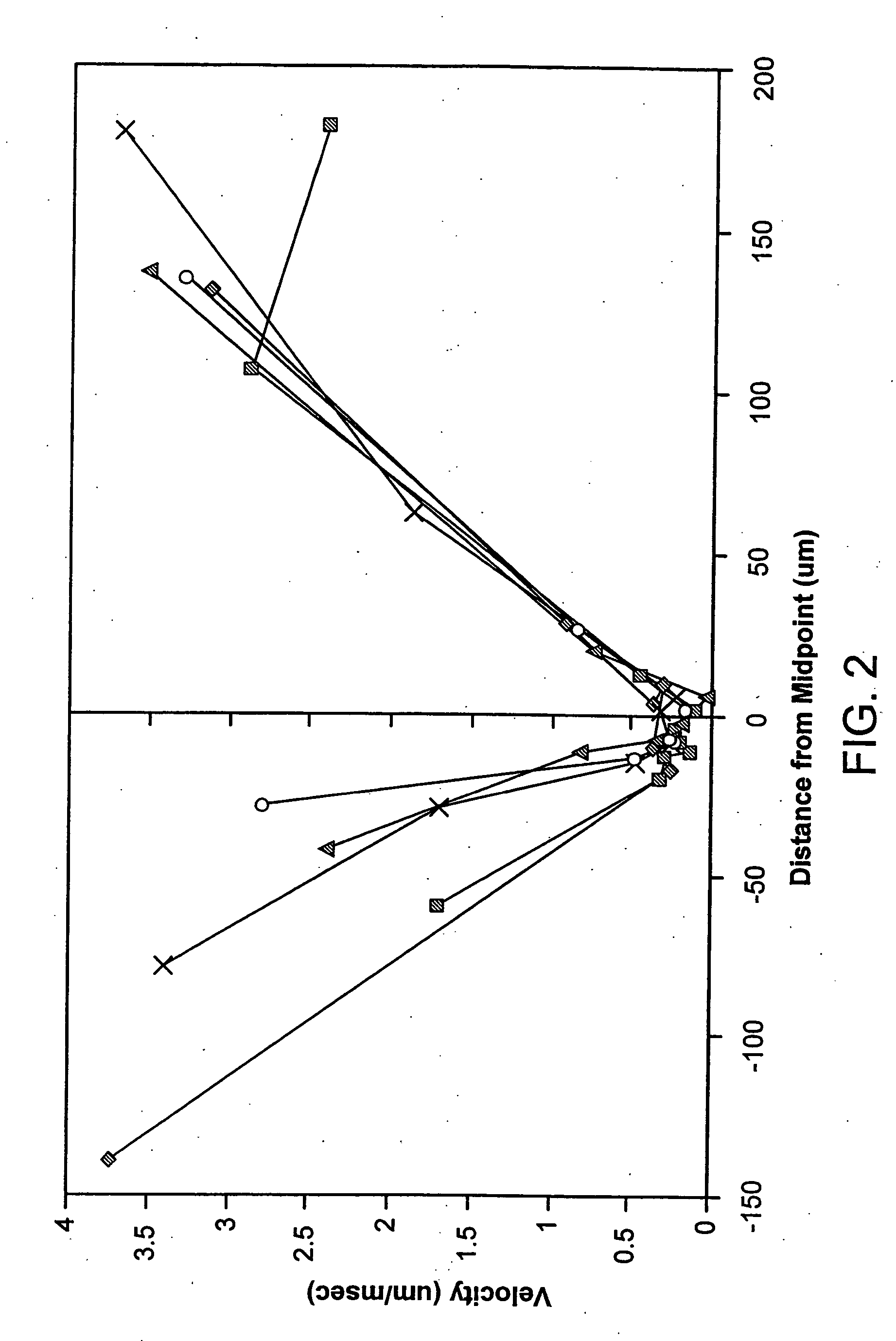Compounds or agents that inhibit and induce the formation of focal microvessel dilatations
a microvessel and focal microvessel technology, applied in the field of inflammation modulation, can solve the problems of no conception of the potential use of pro-angiogenic factors in cancer treatment, and achieve the effects of broadening the potential for development of therapeutics, promoting lymphocyte transmigration, and preventing pathologies involving lymphocytic inflammation
- Summary
- Abstract
- Description
- Claims
- Application Information
AI Technical Summary
Benefits of technology
Problems solved by technology
Method used
Image
Examples
example 1
Lymphocyte Slowing and Transmigration in Focal Microvessel Dilatations
[0121] The intravital videomicroscopy studies demonstrated reproducible lymphocyte slowing in focal regions of the microcirculation (FIG. 1). Lymphocytes in these regions demonstrated a greater than 10-fold reduction in flow velocity (FIGS. 2 and 3). After the cells passed through these vascular segments, they rapidly returned to baseline flow velocities (FIG. 4). Also suggesting discrete structural changes in the sheep skin microcirculation, the regions of lymphocyte slowing were identified at approximately 100 um intervals (FIG. 1). The focal areas defined not only areas of lymphocyte slowing, but also the regions of lymphocyte transmigration. The focal areas of lymphocyte slowing were the only regions of the superficial vascular plexus where lymphocyte transmigration was observed (FIG. 1) (West et al. (2001), Am. J. Physiol. Heart Circ. 281, H1742-H1750. These findings suggested that lymphocyte transmigration ...
example 2
Focal Microvessel Dilatation Morphology
[0122] To evaluate the morphology of these focal regions of lymphocyte slowing and transmigration, corrosion cast injections of the inflammatory microcirculation were performed. The corrosion casts were examined by scanning and transmission electron microscopy and evaluated by digital morphometry. After systemic heparinization with 750 u / kg intravenous heparin, the external auricular arteries were bilaterally cannulated and perfused with approximately 100 cc of 37° C. saline followed by a 2.5 percent buffered glutaraldehyde solution (Sigma) at pH 7.40. The casts were made by perfusion of the ear arteries with 100 cc of Mercox (SPI, West Chester Pa.) diluted with 20 percent methylmethacrylate monomers (Aldrich Chemical, Milwaukee Wis.). After complete polymerization, the ears were harvested and macerated in 5% potassium hydroxide followed by drying and mounting for scanning electron microscopy. The microvascular corrosion casts were imaged afte...
example 3
Focal Microvessel Dilatation Wall Shear Stress and Microhemodynamic Mapping of Focal Microvessel Dilatations
[0124] The focal structural changes and the reduction in flow velocity indicated that focal microvessel dilatations have a significant impact on wall shear stress in the microcirculation. To define the microhemodynamic implications of the focal microvessel dilatations, the corrosion casts of the inflammatory skin were evaluated by quantitative 3-dimensional (3-D) scanning electron microscopy (Konerding, et al. (2001), Br J Cancer 84, 1354-62, M. A. Konerding et al. (1999), Br J Cancer 80, 724-32). Based on these data, 3-D hemodynamic maps of the focal microvessel dilatations were calculated. Wall shear stresses in the focal microvessel dilatations demonstrated a greater than 10-fold reduction in wall shear stress (FIG. 6). To estimate wall shear stresses, finite-element computations of flow fields in the neighborhood of the transition from the afferent vessel to the dilated s...
PUM
 Login to View More
Login to View More Abstract
Description
Claims
Application Information
 Login to View More
Login to View More - R&D
- Intellectual Property
- Life Sciences
- Materials
- Tech Scout
- Unparalleled Data Quality
- Higher Quality Content
- 60% Fewer Hallucinations
Browse by: Latest US Patents, China's latest patents, Technical Efficacy Thesaurus, Application Domain, Technology Topic, Popular Technical Reports.
© 2025 PatSnap. All rights reserved.Legal|Privacy policy|Modern Slavery Act Transparency Statement|Sitemap|About US| Contact US: help@patsnap.com



